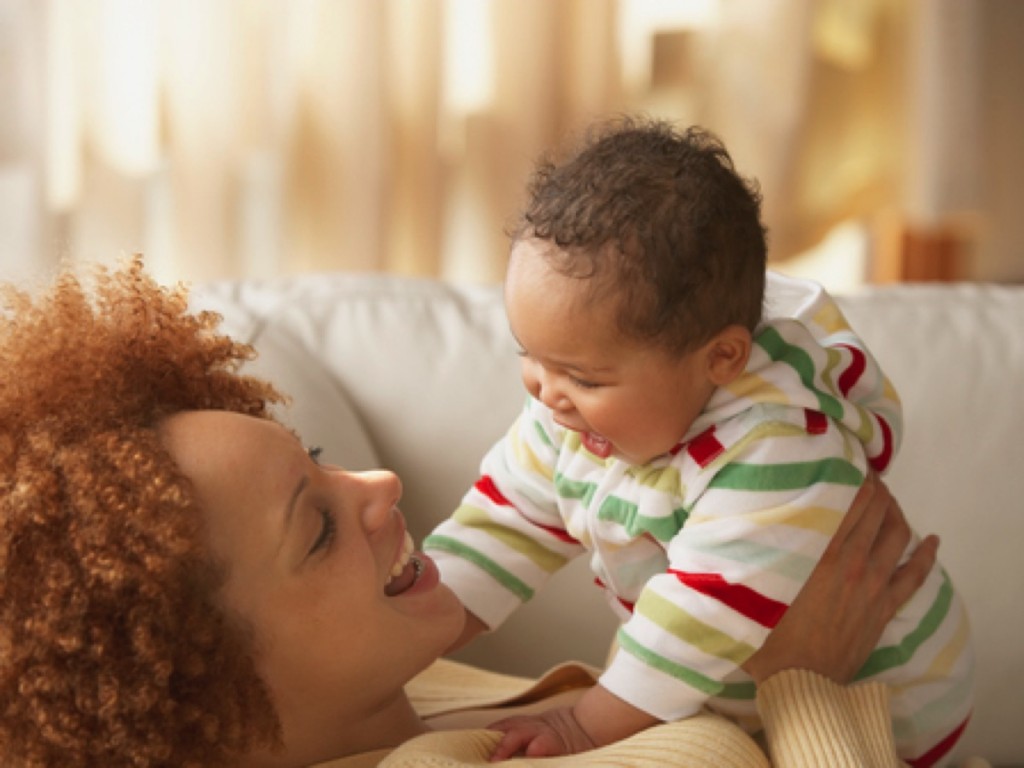
Imitation research has come a long way since Dr. Meltzoff stuck out his tongue at a newborn and then watched as she stuck her tongue out at him. Infants begin imitating sounds, body movements and actions on objects during the first year of life. With age and experience, infants become more flexible in their thinking. They imitate across changes in context. Eventually, they remember actions after longer periods of time and can even infer another person’s intentions. Preschool-aged children imitate more complex sequences and use imitation to learn rules. Recent research has even helped our understanding of what’s going on inside the infant brain as children learn by imitation.
Imitation is one way to discover what children know and understand about the world before they can tell us. It is essential for social, emotional, and cognitive development. The social and emotional connections formed through imitation are reciprocal. Adults form a connection to children by imitating them and children form a connection to us by copying our actions. Imitation is a tool that children use to learn more about the world and themselves. In the process, they also develop a better understanding of other people and their own culture.
-
- Control group
- a group in a study who does not receive the treatment. The group serves as a comparison for the experimental group.
- Deferred imitation
- reproducing a behavior after a delay from its initial demonstration
- Electroencephalography (EEG)
- a method used to measure electrical activity in the brain
- Generalization
- the ability to apply something learned in one situation to a new situation
- Imitation
- observing then reproducing, or copying, a behavior
- Mirror neurons
- a type of brain cell. Mirror neurons respond when an animal produces an action and when they observe another animal produce the same action.
- Theory of mind
- the awareness that other people can have different thoughts and feelings from one’s own
- Trial-and-error learning
- trying different actions until you perform the right one